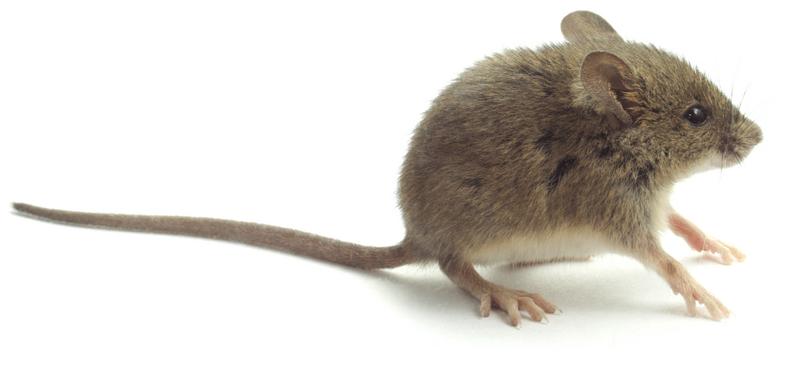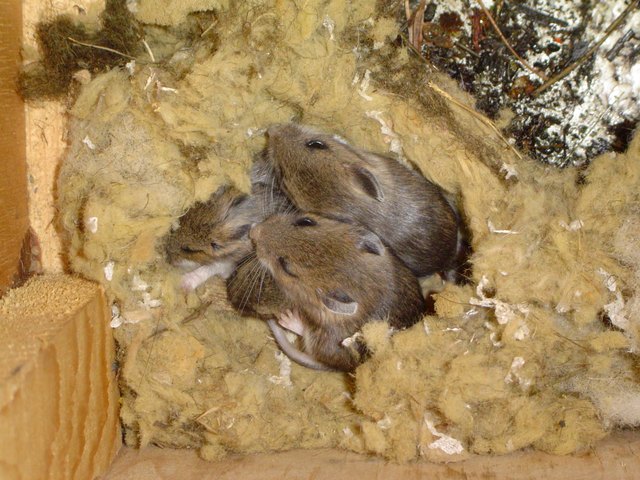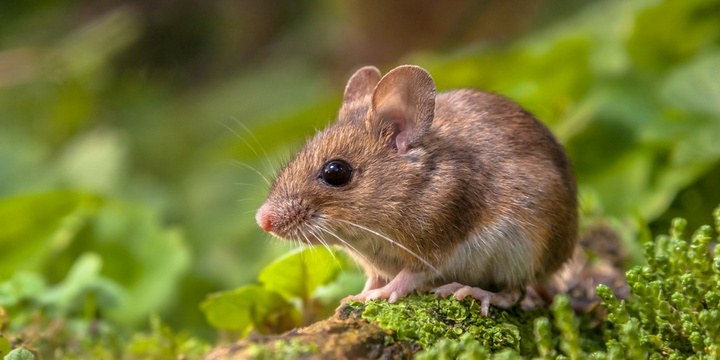

The wood mouse is an important source of food for many nocturnal animals, so it is a wary little creature and prefers dark, moonless nights, using its large eyes and ears for finding its way about. At the end of the winter, the population is at its lowest, but numbers soon begin to build up as breeding starts. In some places, certain kinds of field mice are locally common. The best known mouse species is the common house mouse ( Mus musculus ). In very cold weather wood mice sometimes go into a torpid state - almost like hibernation - and in this way they use less energy than usual, enabling them to survive food shortages. The house mouse (Mus musculus), Norway rat (Rattus norvegicus) and roof rat (Rattus rattus) species are in the Muridae family, which is the largest family of rodents and mammals in the world. Characteristically, mice are known to have a pointed snout, small rounded ears, a body-length scaly tail, and a high breeding rate.
ARE MICE NOCTURNAL RODENTS FULL
It is a great hoarder of seeds and nuts and packs full its underground chambers with a supply to help it survive the winter. When these are scarce, it will also eat snails, earthworms and insects. The wood mouse has quite a varied diet but it is mainly vegetarian, eating seeds, seedlings, nuts, fruits and buds. They will venture into open spaces where other small mammals will rarely go. Most wood mice stay in the same general area but may travel a quarter of a mile (400m) in one night.

They climb well too and often use places such as an old bird's nest high on a tree branch to feed on berries they have collected. They are very active, running and leaping kangaroo-like on their large hind feet. Wood mice spend the day resting in their burrows and emerge at night to forage for food. Others are blocked with leaves, twigs, soil and stones. They can easily adapt to the circumstances they are great climbers, due to. These are just a few of several species, as there are also subspecies belonging to this order. House mice are very common, mainly in buildings, but in the summer outside as well. Several adults may live together in the same network of tunnels which have two open entrances. Mammals within this order include hamsters, mice, guinea pigs, rats, squirrels, beavers, prairie dogs, chipmunks, and chinchillas. A mouse digs its own system of burrows where it makes an area for storing food and a nesting chamber for the young. A male mouse usually forages nightly over an area about half the size of a football pitch.

The wood mouse normally spends its life within an area of about 180m in diameter.


 0 kommentar(er)
0 kommentar(er)
